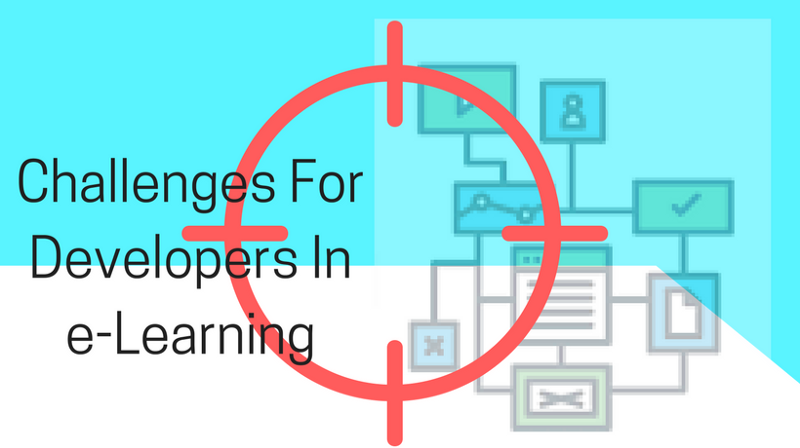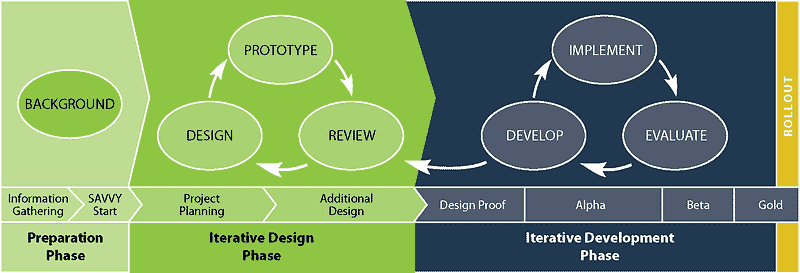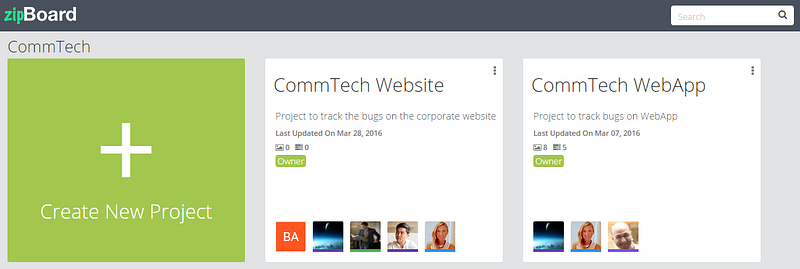4 Challenges For e-Learning Developers
08 Mar

Table of Contents
ToggleUnderstanding and tackling the prominent challenges that e-Learning developers face when creating content; with e-Learning continuing to grow rapidly, here’s a look at some of them and what you need to know about dealing with them.
The Greatest Challenges Faced By e-Learning Developers
Still, wondering about the relevance of e-Learning? Here are some quick facts to help you catch up:
- The global corporate eLearning market is expected to reach an approximate revenue of USD $31 billion by the end of 2020.
- In countries such as India and China, the estimated growth rate for self-paced eLearning is 55% and 52%, respectively.
- The Learning Management System (LMS) market is expected to be over USD $7 billion in 2018.
- 44% of companies intend to purchase online learning tools and systems.
- The global mobile learning services and products market reached $5.3 billion in 2012. This is estimated to reach $12.2 billion by the end of 2017.
So what are the issues and challenges that plague e-Learning developers? Here’s a look at some of the more prominent ones.
1. Motivation
e-Learning targets different demographics. Whether it is young adults or professionals, motivation at the user’s end is a major issue. The social nature of humans intrinsically encourages learning in a community. In light of this, gamification in eLearning courses has increasingly gained traction. The reward-based experience and instant feedback available to users have made it a great method to encourage learners.

The diagram shows the relation between game mechanics and human desires, and it is because of these numerous techniques involved in gamification, such as narrative, levels of difficulty, competition, etc. that drive learning. Sites such as HackerRank already use this concept successfully to impart lessons in computer programming to learners.
Another option is giving the learner a greater sense of control in the course, which can encourage them to take charge with regards to speed of learning or the order in which they go through the material.
2. Time
As per a survey carried out by Karl M. Rapp and Robyn A. Defelice,
- 61% of respondents designing courses performed the role of both designer and developer in their job tasks.
- 75% of the material that respondents worked with was raw; meaning it had come from Subject Matter Experts (SMEs) and/or their own research.
- It took about an average of 70 hours of effort to develop just one hour of training for simple web-based course material, using software such as Adobe Connect.
There are a number of steps, including research, storyboarding, content creation and production, and testing that make up the process of developing an effective e-Learning course. There can be numerous stalling points in the process that range from organizational change to lack of understanding with the Subject Matter Experts, to lack of knowledge of technology.
Some of the things that can be done as an instructional designer/course creator to reduce this are:
- Organizing a meeting with the Subject Matter Experts and key stakeholders.
- Clear communication throughout the process.
- Developing a technology onboarding process.
- Being a consistent client advocate regarding scope and process.
Justin Freeman, of LearnDash, did a good post on estimating development time.
3. Course Design And Collaboration

Choosing between development models is an important consideration. Leave ADDIE for SAM or vice versa? While ADDIE (Analysis, Design, Development, Implementation, and Evaluation) provides the option to thoroughly check each step along the process, SAM (Successive Approximation Model) is more suitable for a deadline-driven process.
Whether using Adobe Captivate or an Open Source Learning Management System, there are many challenges for instructional designers to overcome. Graphics and analogies have to fit right. A simple navigational system is needed to make it easy for the learner to figure out their way through the course. At the end of it all, it is the skill to apply their learning that the users must take away. Without it, the entire experience would be quite pointless.
This article by Steve Penfold talks about building surveys into learning projects and what are the advantages of adopting this approach. Not only will it help in the initial thought process when designing courses, but it will also create a more personal journey for the learner to go through. Such customizations can also help tackle the issue of motivation because the learner is no longer going through the motions of a generalized process. The feedback that surveys provide can be used to discern how accessible the course was, what areas the learner struggled with, and how to better deliver the material to them.
Another major challenge is a collaboration between different stakeholders during the design process. Instructional designers need to work with content producers. Various Subject Matter Experts need to sign off on the development phase. There are a variety of storyboards that need to come together. All in all, there needs to be a coherent way to approach collaboration. Review and collaboration tools such as zipBoard or Review my eLearning are helpful in this. They provide a central location where all internal, and external, stakeholders can review progress. The visual feedback from these tools is great to expedite the development process.

4. Technological Barrier
Perhaps the greatest barrier for eLearning to reach its desired users is in developing countries. It is in these areas that e-Learning is also needed most. Computer literacy aside, a lot of these regions are still not equipped with enough infrastructure to support the resources that are needed for online learning to be effectively delivered to them. The changes needed pedagogically to integrate technology into the regular curriculum are also an issue.
However, there are cases where a positive transition towards e-Learning has been taking place. One case is that of Algeria, where the Michigan State University, USAID, and the Middle East Partnership Initiative have implemented a three-year project to equip schools with eLearning tools. The project has already had a demo run with 28 secondary schools in northern Algeria.
Similar projects have been implemented in countries such as Lebanon, Chile, Malaysia, and South Africa.
Conclusion
With the e-Learning industry estimated to reach more people than ever and generate an exponential rate of revenue in the coming years, addressing the challenges of collaboration, time-effort exhaustion, and technology are key. As for motivation in learners, this issue is directly dependent on the quality and wavelength of content delivered to the learning community. With increasing gamification of content and more engaging techniques to deliver knowledge being developed, this issue is already in the process of being addressed.
If you’re a developer looking to make your course more distinctive, check out this post!
This article was originally posted in eLearningIndustry.com
Request Demo
Request a personalized demo to upload your SCORM file and get started. Add team members as collaborators, share feedback, iterate over multiple versions and much more
Get DemoRelated Post
Recent Posts
- Best Practices for Efficient Document Reviews and Collaboration December 18, 2025
- MEP Document Management: How to Streamline Reviews & Avoid Rework October 3, 2025
- What Is Online Proofing Software? And Why Content Review Breaks Without It July 11, 2025
- How Laerdal Medical Cut eLearning Review Time by 50% with zipBoard’s Visual Review Tool July 9, 2025
- Why Your Team Needs a Content Feedback System (Not Just Comments in Docs) May 28, 2025
©️ Copyright 2025 zipBoard Tech. All rights reserved.


